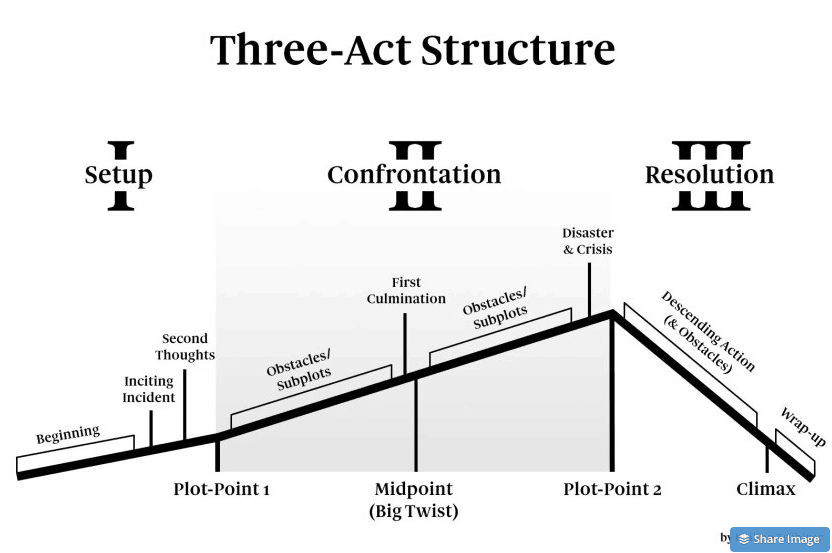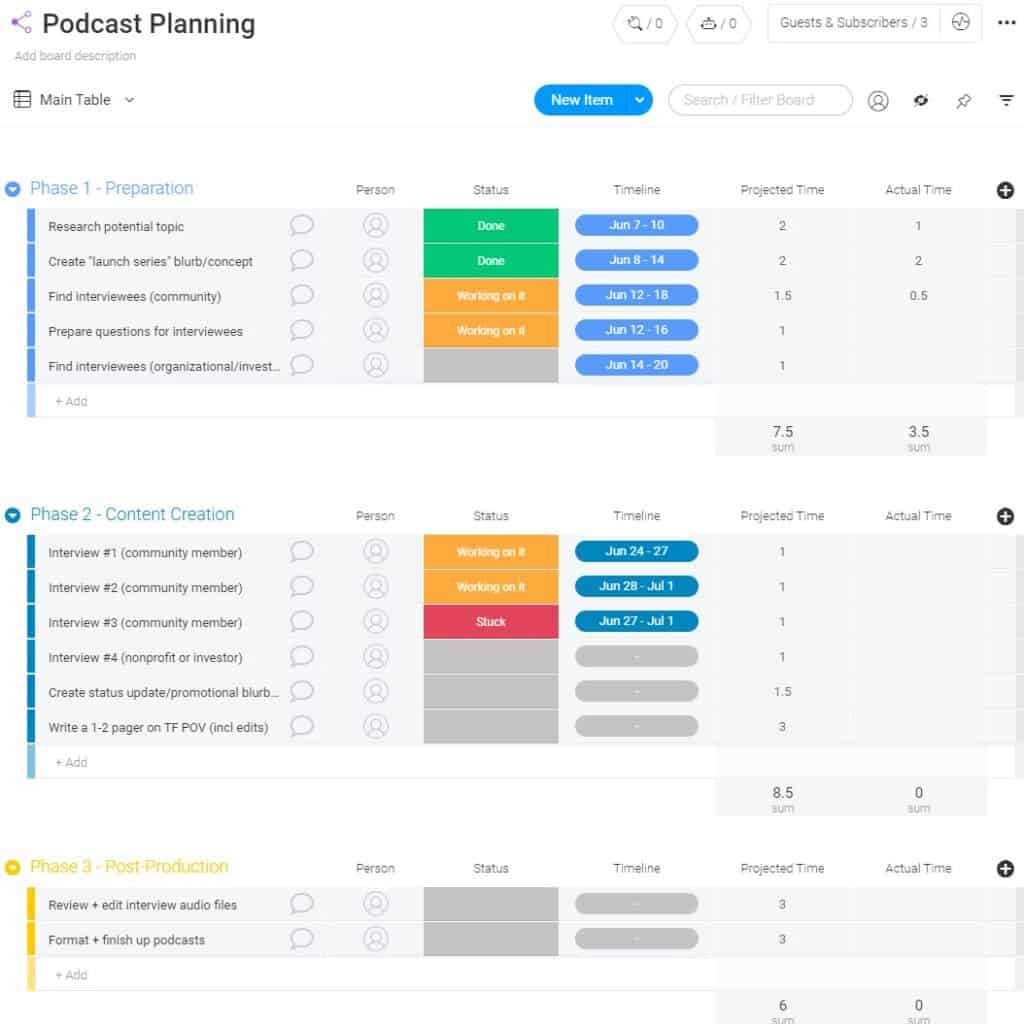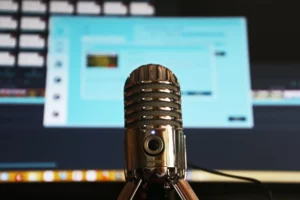If you podcast in seasons, there are some planning steps you should take to ensure you create an engaging experience for your listeners. In this article, we explain seasonal podcasting, the types of podcasts they are suited for, and how to plan a podcast season of your own.
What are Podcast Seasons?
A season is a way of separating your content into smaller chunks. There is an interval where episodes are released, typically followed by a period of inactivity.
For instance, you might produce 10 episodes in your first season, take a break, then produce another 10 in season two.
The opposite of seasonal podcasting is continuous podcasting. Continuous podcasting is where you continually produce episodes on a predefined cadence without intending to stop.
In some seasonal podcasts, the season is a complete narrative. It starts in the first episode and ends in the last episode. The next season is a different narrative (though it all generally falls within the same topic). For example, each season of Colin Gray’s Pod Craft has a general theme, but they’re all about the process of podcasting.
In other cases, a season is simply a break in the production cadence so the hosts and producers can take a break or work on other projects. This works best for evergreen shows that can be promoted at any time.
Generally, podcast seasons last from two to three months. But there are plenty of podcasts who don’t follow this rule and are still successful, so it depends on your show and your audience.
Which podcasts work best as seasons?
- Storytelling and Serialized Fiction: These podcasts tell a continuous narrative across multiple episodes, much like a television series. Each episode contributes to the overall story arc, keeping listeners eagerly awaiting the next installment.
- Investigative Journalism: Podcasts that delve into in-depth investigative reporting often benefit from a seasonal format. It allows the creators to explore a complex topic or story over several episodes, providing a comprehensive and well-researched account.
- True Crime: True crime podcasts often focus on one particular case or story each season. This approach allows for a thorough exploration of the details and often builds suspense and anticipation as new information is revealed in each episode.
- Documentary Series: Podcasts that function as audio documentaries, covering various topics or themes, can be organized into seasons. Each season can focus on a different subject, allowing for in-depth exploration and analysis.
- Interview-Based Shows: Some interview-style podcasts can benefit from a seasonal structure when they follow a central theme or feature interviews with a specific group of individuals, such as experts in a particular field or people with unique experiences.
- Educational and Explainer Podcasts: Shows that aim to educate listeners about a complex subject can be structured into seasons, where each season covers a different aspect or sub-topic within the broader subject.
- Fantasy and Sci-Fi: Fictional podcasts, especially those in the fantasy or science fiction genre, can build immersive worlds and character-driven stories that play out over several episodes or seasons.
- Historical Retellings: Podcasts that recount historical events or periods can use seasons to delve into different eras or specific events in history.
Which podcasts don’t work well with seasons?
- News and Current Events: Podcasts that focus on up-to-date news and current events are better suited for a continuous, ongoing format rather than being divided into seasons. Listeners expect these podcasts to be regularly updated.
- Daily Talk Shows: Talk shows that cover a wide range of topics and feature different guests or discussions every day are more suitable for a continuous format. Breaking them into seasons may disrupt the flow of the show.
- Comedy Shows: Many comedy podcasts feature standalone episodes or follow a random structure where each episode is unique. While they might have recurring segments, dividing them into seasons is generally unnecessary.
- Q&A or Advice Shows: Podcasts that answer listener questions or offer advice are better suited to an ongoing format, as new questions and topics arise continually.
- Live Event Recordings: Podcasts that record and share live events, such as conferences or performances, usually don’t require seasonal organization. They can be released as individual episodes within a single, continuous stream.
Pros of seasonal podcasting
- You get a bird’s-eye view of how the entire season will look before you start producing any of the content. This allows you to work on multiple episodes at the same time.
- During the season, listeners know to keep an eye out for new content.
- The hosts and producers get time to work on other projects.
- You can promote the entire season at once.
Cons of seasonal podcasting
- The audience may forget about you in between seasons.
- If the episodes are related, you’ll spend a lot more time planning, performing research, and combining them into a cohesive narrative.
- Seasons are challenging for new podcasters who are building their first audience. It’s better to publish consistently until you have reliable listeners.
How to Plan a Podcast Season
Before you start producing episodes, it’s important to plan out your podcast season. You should have a rough outline of each episode (including ideas on what you hope to achieve and how it will support your goals) before hitting the record button.
Let’s walk through the steps to help you plan a podcast season.
1. Choose your format for your seasons
It’s important to decide what “season” means for your show. Will each season have a theme for all of its episodes? Or does it simply mean you will produce episodes in batches with breaks in between?
For example, the podcast Slow Burn has eight seasons. Each season consists of multiple episodes that explore the same topic. The first season is eight episodes about Watergate. The third season is nine episodes on Biggie and Tupac.
In order to get the full story of each Slow Burn, you have to listen to the entire season. They even create new cover art for each season.

On the other hand, take a show like our own podcast, Audience. We release in seasons, but there’s no theme for each batch. Each episode explores one brand’s journey to growing a podcast, but the content of each episode is independent. We use the break between seasons to coordinate guests, conduct research, and host interviews.
There’s no right or wrong answer here. Choose the format that works best for your show and the kind of content you intend to produce.
2. Consider your audience
If each season has its own theme or narrative, it’s important to think about the kind of person who will listen to it. It might be the same each season, though there will definitely be some overlap.
For instance, let’s say you produce a storytelling podcast. In one season, you tell a science fiction story. In another season, you tell a detective mystery tale. Obviously they are both audio stories with unique events, but they appeal to different kinds of people (though clearly there will be some overlap).
If you think each season of your show may have a different audience, consider how you will reach those potential listeners, as well as how you’ll keep your current listeners engaged.
3. Plan all of the content at once
No matter your format, it’s important to plan the entire season at once. Put all of your ideas, tasks, and deliverables on paper so you have a holistic view of it all.
If your season has a theme or narrative, the planning process is even more crucial. You need to know where your show starts, where it ends, and all the important beats along the way. Then divide your story into reasonable chunks so that each episode has a beginning and end itself.
Read up on the three-act structure of storytelling before writing scripts. Each episode and the show as a whole should have three acts.
- Act 1: Establishing characters, backgrounds, relationships, and the catalyst or incident that incites your narrative’s plot.
- Act 2: Developing characters, addressing the problem, and facing failure.
- Act 3: Reaching the climax, overcoming obstacles, and answering the important question. The conclusion should create change in a system or character.

4. Turn your content into deliverables
The high level view of your season has a very important benefit: efficiency. By seeing it all at once, you can work on tasks out of order based on their requirements. You can also delegate entire groups of tasks to other people on your podcast team.
Suppose you’re creating a 10-episode season on Facebook Ads for your marketing podcast. You want your last guest to be a Facebook guru that’s typically hard to book. By planning the show ahead of time, you can start the booking process early and get yourself on the guru’s calendar.
In some cases, this means you’ll produce some or all of your episodes out of order. You might host an interview for next year’s episode because it was convenient. If you plan a podcast well, this actually efficient.
Make a list of all of your deliverables for each episode. Include everything you can think of, like finding and booking guests, brainstorming questions, compiling show notes, making social media graphics, etc. Be as comprehensive as you can here.
Here’s an example of a podcast broken into specific action items. This seems like a lot, but notice how each task is fairly small and doesn’t take long. You could bang out many of them in an hour.

Once you have all of your work on paper, it will seem much more manageable to complete the individual tasks, even if you do them out of order. You may find it helpful to use a project management tool to keep it in check.
5. Choose an episode length
The length of your episodes should be determined by the kind of content you’re producing. That said, audiences like predictability. Try to keep your episodes around the same length so they can fit your content into their lifestyle.
How long should a podcast episode be? Most shows are 30-45 minutes, but there are plenty of exceptions. Learn more in our full guide on podcast episode length.
6. Make a plan for season breaks
If you expect to have a break in between seasons – even for just a month – it’s important to put a plan in place to keep your audience engaged. If they forget about you during your break, they may fail to return for the next season.
First, make sure to notify your listeners about upcoming seasons. Each episode should have some kind of promotion about upcoming seasons, ideally pre-roll or mid-roll. If your upcoming season has a theme, this means you have to have some idea what that will be long in advance so you can notify your listeners.
Next, commit to a plan of communicating with your audience in between seasons. Your goal is to say top-of-mind so your listeners jump back in when you publish the next season’s first episode. These tips will help:
- Build an email list as early as you can.
- Send emails throughout your break that hype up the next season.
- Be extremely active on social media.
- If possible, release early content, like clips and audiograms.
- Post in groups and communities about your upcoming content.
- Have guests or participants of your upcoming season tease their audience.
Tip
Headliner is an easy-to-use app for making audiograms. The drag-and-drop interface is a simple way to combine text, images, audio, and animations into engaging social media content. With the Castos Headline integration, the final video asset will automatically sync with your Castos dashboard. See how Castos and Headliner work together.
Releasing Episode by Episode vs. All at Once
If your entire season is ready at the same time, it’s tempting to publish the entire thing at once. Audiences love to binge, right?
Your listeners may love it, but the algorithms that govern the podcasting listening apps prefer regular and predictable releases. They want to see consistent content that gets regular re-engagement.
You’ll see the same pattern in video streaming these days. Once, seasons of new shows were released at once, but now we’re back to the once-a-week schedule. Why? Because as frustrating as it may be to binge-watchers, the drip release schedule keeps people subscribed.
So even if you plan a podcast all at once, consider releasing the episodes on a weekly cadence. Plus, it’s good to help your audience form a pattern of looking for your new content. This will help keep them engaged between seasons so they return for the next one.
Plan a Podcast Season Your Way
We’ve given you some tips to plan a podcast season, but keep in mind that podcasting is a creative art form. You don’t have to produce the same kind of show as everyone else. Feel free to experiment and try something new. You never know what will be a big hit!


